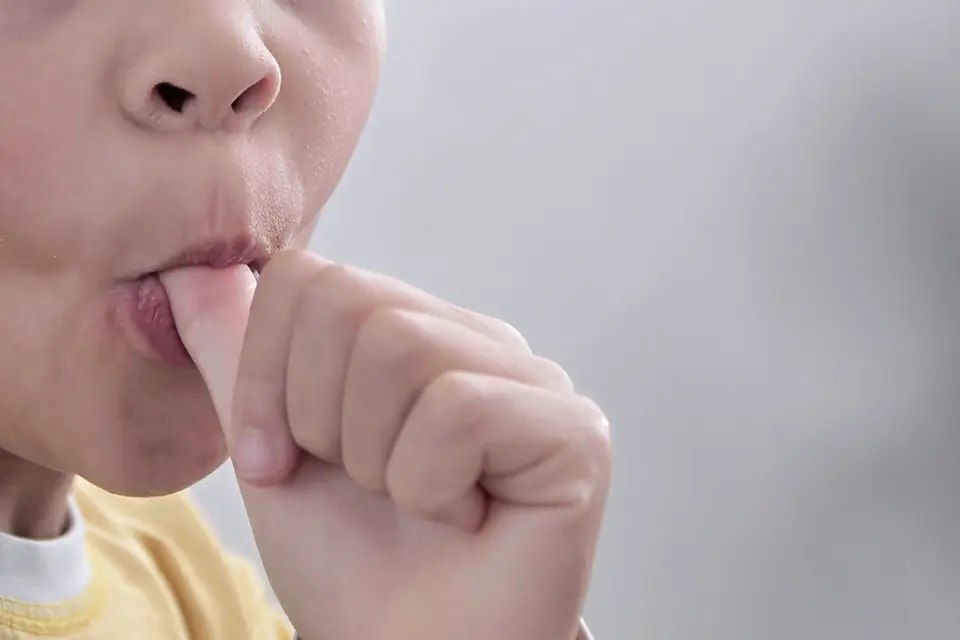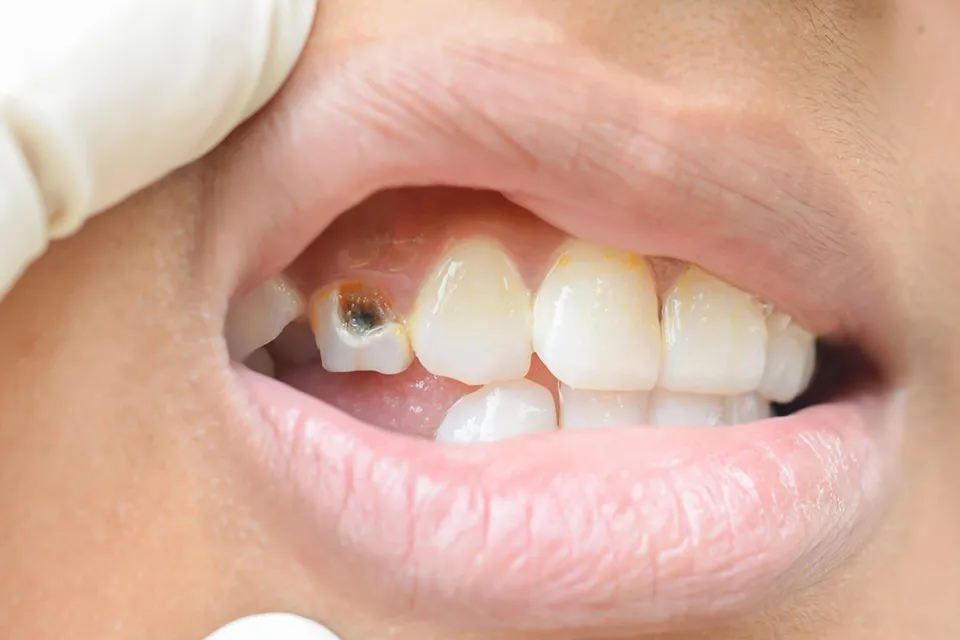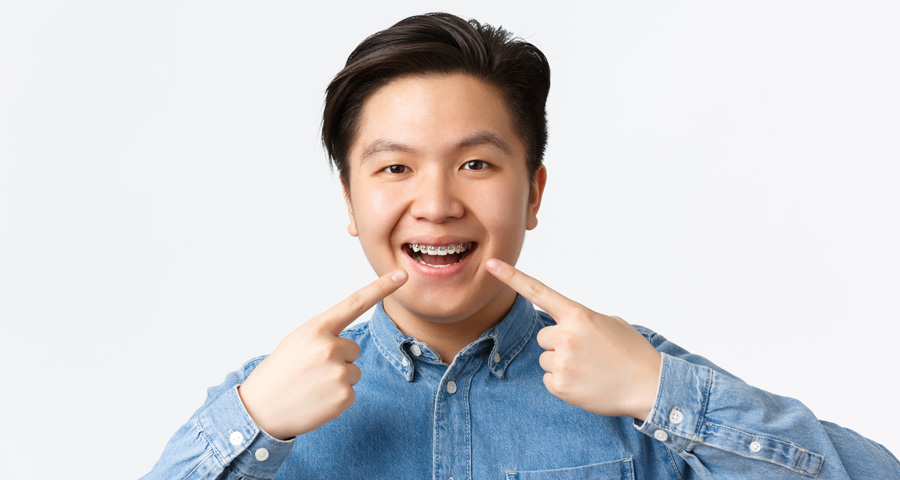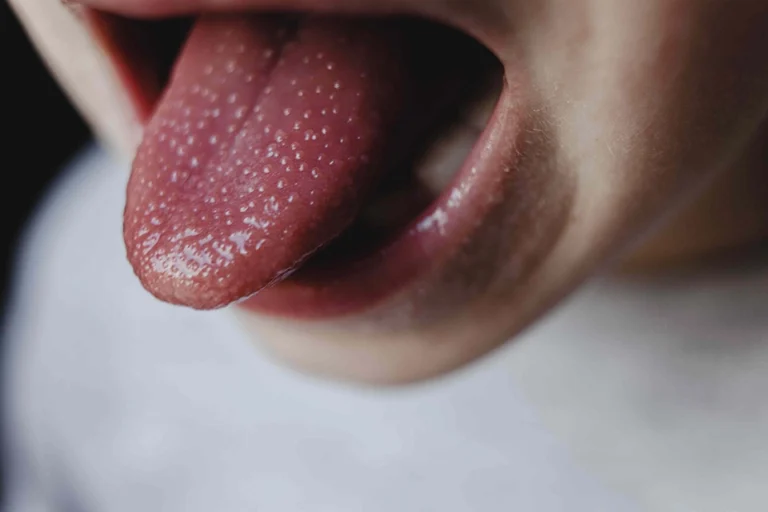Most people know at least one person in their lives who’s had dental braces. Or, perhaps they’ve even had them themselves. As far as dental tools go, braces are one of the best solutions to crooked or misaligned teeth.
Today, high-quality dental braces are a major reason why so many people are able to have beautiful smiles. Up ahead, we’ll take a look into what you should consider when getting dental braces in 2024: what makes braces so impactful and important, cost, technologies, the journey. Plus, what you can expect if you are considering braces for yourself or for a loved one.
Types of Dental Braces
There are four main types of dental braces available in 2024.
Traditional Braces
The first and perhaps the most common type of braces are traditional braces (also known as metal braces). Made with metal brackets and wires, these braces have been in existence for over a century.
With traditional braces, a metal bracket is applied to each individual tooth, and these are connected with wires. Elastic ties, which come in various colors, are used to tie the brackets to the braces.
Ceramic Braces
Ceramic braces are similar to metal braces in terms of basic structure. The difference is that the brackets of ceramic braces are generally clear in color. This makes them blend in seamlessly with your teeth. It is also possible to find wires that blend in as well.
Ceramic braces tend to be a bit more expensive than traditional dental braces or aligners, but they are a wonderful option, especially for those who don’t want to broadcast the fact that they are wearing braces.
Lingual Braces
Lingual braces are also similar in structure to traditional braces. The key difference is that the brackets of lingual braces are placed on the inside of the teeth rather than on the outside. This hides the braces, effectively making them invisible.
Naturally, this added feature makes lingual braces slightly more expensive than both traditional and ceramic braces.
Invisalign
Lastly, we have Invisalign braces. Invisalign braces (also known as clear aligners) are braces that are nearly invisible.
Basically, they straighten the teeth without the need for brackets or wires. Instead, they are molded to the patient’s teeth in a clear, BPA-free plastic. The patient then wears their aligners, and their teeth are gradually and gently moved into the correct position over time.
Pre & Post-Dental Braces
Dental braces are an excellent option if you struggle with misaligned teeth, an underbite or overbite, or overall crowding. Still, they’re not for everyone. Below, we’ll examine who braces are right for.
The Best Candidates for Braces
The best candidates for braces are those whose teeth are overcrowded, asymmetrical, crooked, or otherwise misaligned. The goal of having braces is to realign and readjust the teeth for a more appealing smile and increased comfort in the mouth.
In addition to wanting to improve their smile, the best candidates for braces must be in good overall health and have good oral health as well. Regular brushing and flossing are necessary. It is also advised that all braces patients have biannual dental cleanings and checkups. Braces are available for most ages, though children should have all of their adult teeth before considering this treatment.
Finally, you must be prepared to carefully care for your braces and teeth for the duration of your time wearing braces. You must meet with your orthodontist regularly for checkups and adjustments as well.
Latest & Most Advanced Braces Technologies
There are many new and exciting medical technologies available to dental patients in 2024. A few of the newer technologies that can help patients who need braces are as follows.
TADs (Temporary Anchorage Devices)
Traditionally used in oral surgery, TADs are now being utilized to reduce movement and/or change the way your teeth move. When your orthodontist wants to change your teeth’s alignment, this can make these small titanium screws particularly useful.
3D Imaging
3D imaging with CBCT scanning allows orthodontists to see a 3D representation of your teeth, gums, jaw, and overall bone structure. This can improve their ability to design a braces system that will quickly and effectively fix your teeth.
Smile Planning Systems
Want to see what your teeth will look like once you’re done wearing braces? New 3D planning can help you visualize your new smile. It also helps your orthodontist create an effective treatment plan for you.
Dental Braces Treatment Process

Most patients will go through the following steps when getting braces.
Step 1: Consultation
You will first meet with your dentist or orthodontist to see if you are a good candidate for braces. They will provide you with various dentistry and orthodontics-based options to choose from.
Step 2: Placement
You’ll then have your braces placed. The placement process for traditional, ceramic, and lingual braces will require the brackets being attached with bonding glue and the elastics and wires being attached to those. If you’re getting clear aligners, a mold will need to be made of your teeth.
Step 3: Adjustments and Maintenance
You’ll need to wear your braces for the agreed upon time period — usually a year or more. During this time, you’ll need to keep up the maintenance of your teeth and braces and meet with your orthodontist for regular adjustments.
Step 4: Removal
Once your braces have achieved their intended goal(s), it will be time for your orthodontist to remove the brackets and adhesive from your teeth. In the case of clear aligners, you can simply stop or slow down wearing them.
Step 5: Retention
Most orthodontists will recommend various retainers to help mitigate the reversal of your progress. You’ll need to wear your retainers for a set period of time or, sometimes, indefinitely.
Dental Braces Care & Maintenance
Caring for and maintaining your braces is of the utmost importance if you want to have a good braces-wearing experience and achieve an optimal outcome.
Care of Traditional Braces (Including Ceramic and Lingual Braces)
- Floss and brush your teeth regularly (twice a day).
- Use a water-pick when needed.
- Avoid certain foods such as tough meat, sticky candies, popcorn, and peanut butter if you have trouble cleaning them out of your braces.
Care of Clear Aligners (Invisalign Braces)
- Floss and brush your teeth regularly (twice a day).
- Don’t wear your aligners when you eat.
- Whenever you take your aligners off, clean and disinfect them according to your orthodontist’s directions.
- When not wearing your aligners, keep them in their proper case.
- Avoid drinking coffee, tea, dark sodas, or other beverages that are dark in color.
Cost & Financing Your Braces
Braces are one of the more expensive dental treatments available today. However, there is a great range of prices you might pay, depending on your circumstances and goals.
The major factors affecting the cost of braces include what particular issue(s) you wish to fix, the severity of these condition(s), what type of braces you want, and the duration you need to wear your braces.
Visit this link to learn more about how much braces cost.
Insurance & Financing Options
In some cases, dental insurance may pay for your braces. There are stipulations for coverage, however. In some situations, for example, you need to have been on your insurance plan for at least one to two years before coverage for braces will kick in.
It’s also important to note that not all types of braces are covered by all dental plans. For instance, some plans may cover traditional metal braces but not invisible aligners.
If you don’t have dental insurance that will cover braces, many orthodontists will offer their patients financing options or discounts. For example, you may be able to break up the cost of your braces by making monthly payments. Alternatively, paying in full with a check or cash may get you a discount.
Braces FAQ
How long do I need to wear my braces?
This depends on the state of your teeth and what you would like to correct. Generally speaking, patients can expect to wear their braces for 18 to 24 months.
Who can get braces?
Most anyone can get braces, but you’ll need approval from your orthodontist. The best candidates are those who want to improve their bite, crowding, or crooked teeth. You must be in good general health and have overall healthy teeth and gums.
Do braces change your look?
Yes, the whole idea for braces is to help you to change the condition of your smile. Dental braces can help to treat many issues such as: (misaligned, crooked teeth, underbites or overbite, etc.).
Braces have significant effect not only on your smile but also your lifestyle, social life and even finances. It will give you a huge boost in self confidence to achieve even greater goals in life.
Can you eat normally with braces on?
Yes, though you’ll need to pay closer attention right after having your braces fitted. During these first few days and weeks, your teeth may be extra sensitive, so it’s good to avoid super-crunchy, thick, and tough foods.
Do braces affect speech?
It’s possible that braces may affect your speech. But it’s usually only slightly. Most of the time, patients get used to the changes in their mouth, so there’s only a bit of an adjustment period wherein you may have trouble with slurring or excess saliva.
Do braces hurt?
During the first few days and weeks after getting your braces, you may notice some mild pain and soreness. This is also common after each adjustment. However, the discomfort from braces should never be severe.
Are You Interested in Getting Braces?
Not long ago, if you or someone you knew had crooked or misaligned teeth, they had few options for correcting their smile.
While dentists and orthodontists had some methods available for improving the alignment of their patients’ teeth, they were often unable to perfect alignment or fully correct major problems. The solution, therefore, was often to extract all of a patient’s teeth and then replace them with dentures.
Naturally, this is not a procedure that anyone today would be comfortable with. And fortunately, dental braces have made this crude solution a thing of the past.
Now, a patient can enter their dentist’s office one day, with missing, crowded, or misaligned teeth, and come out months later with a gorgeous smile they are proud of — all as a result of braces.
If you think dental braces might be in your future, give us a call today! Our oral health professionals would be happy to take a look at your teeth and speak with you about your oral health options. The assessment process is quick, easy, and informative.
Ready to get started? Book your next appointment online today to begin your journey toward a brighter, more beautiful smile. You deserve it!







